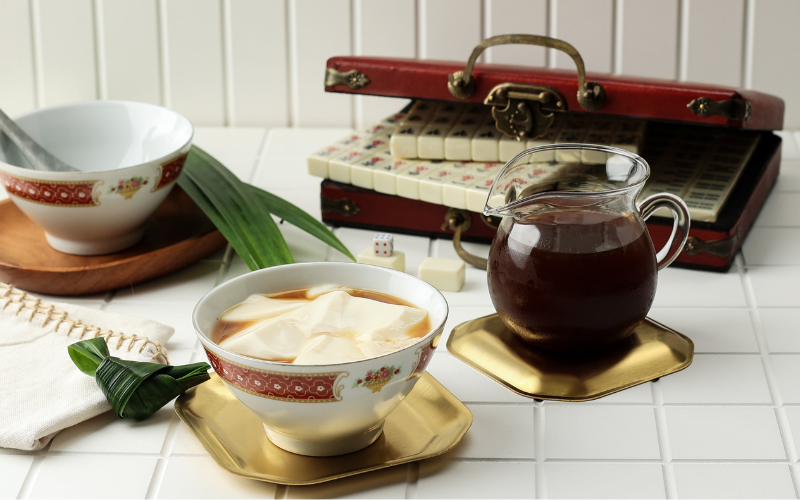It’s that time of the year again where we try to navigate through the endless food maze at Ramadan bazaars, where we end up being perfumed by the scent of Ayam Percik and satay (yums!), and where we get together to celebrate and ‘buka puasa’ (break fast) with our friends and family.
Even though we may not be able to celebrate this season like usual, that doesn’t mean we should miss out on our favourite bazaar food. Here’s a list of recipes, created by our very own chefs from the School of Food Studies and Gastronomy, that will turn your living space into your very own Ramadan bazaar!




